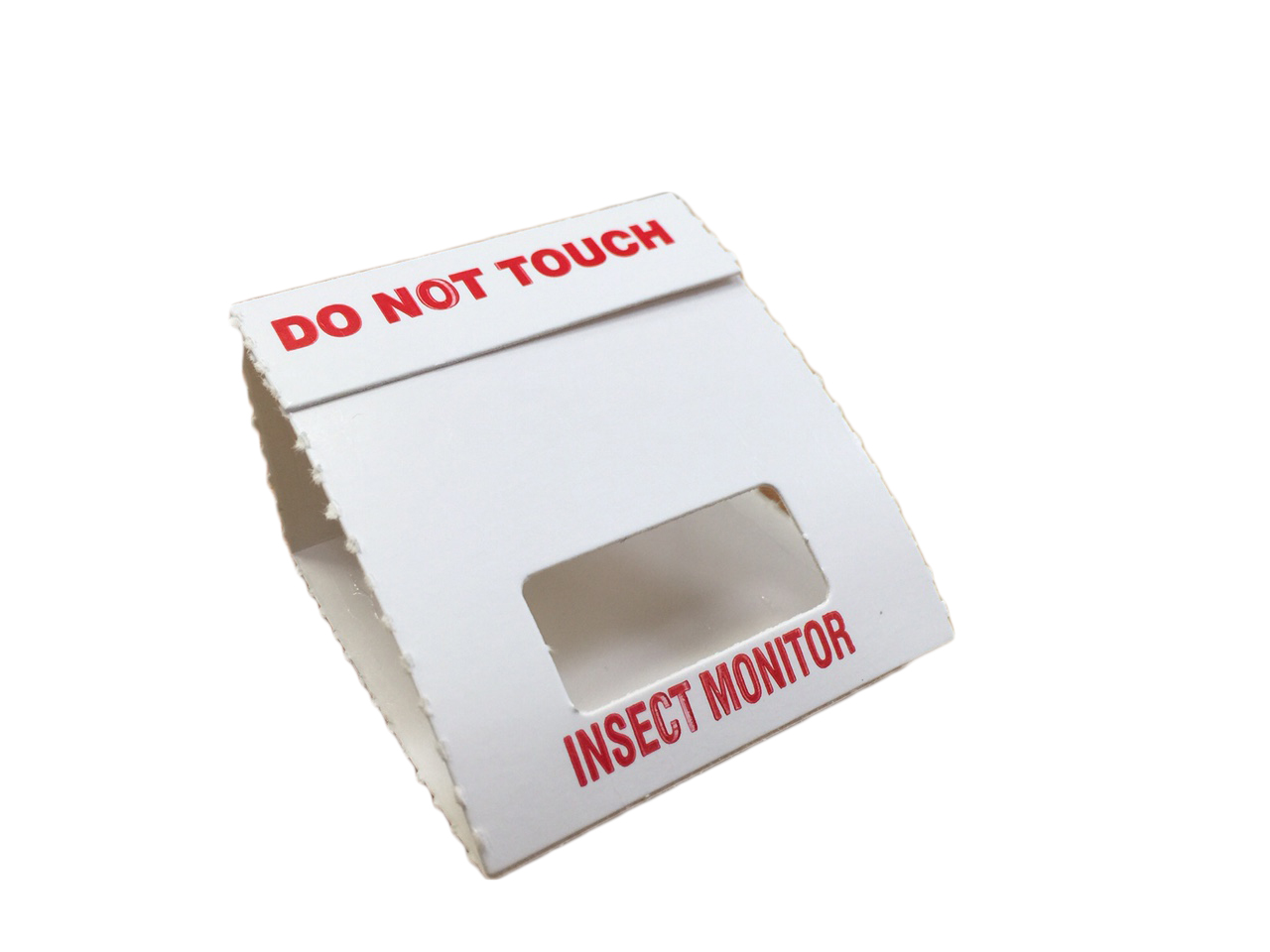American Cockroach
The American Cockroach, Periplaneta americana, is the largest of the common peridomestic cockroaches measuring about 4cm in length.
This is the the second most common type of cockroach in the world after the German cockroach.
The American cockroach inhabits sewers, but can easily move up to buildings, especially commercial and big city residential high rises. The public health risks associated with its presence stem from the eating habits of the insect and its migrant lifestyle.
This pest is omnivorous and will eat anything from sweets, fish, animal hides and paper to decaying matter and dead insects. At least 22 species of pathogenic human bacteria, viruses, fungi and worms are known to be carried by cockroaches. Their excrement and regurgitation also soils garments and surfaces that they pass.






